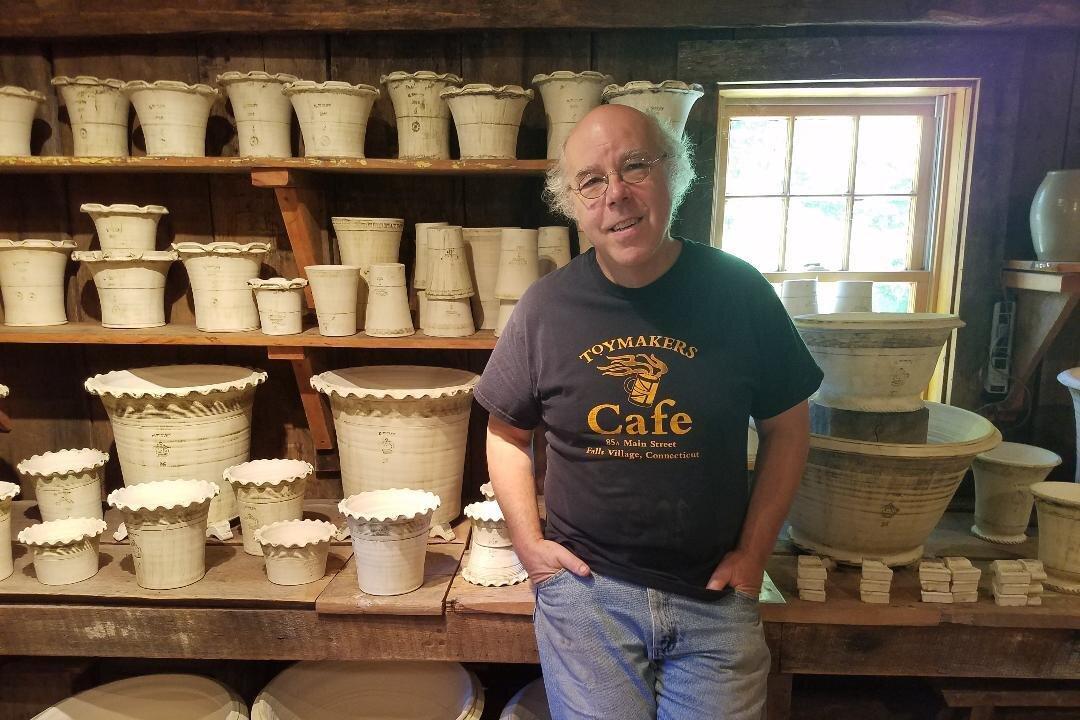Connecticut is known for at least several things: When thinking of the Nutmeg State, Mystic Seaport, Yale University, and the luxury of Greenwich may immediately come to mind. But it’s also worth recalling that the state is home to one of the world’s great potters.
If you have a passion for pottery, or are generally savvy with clay and crafts, it’s likely you’ve heard of Guy Wolff. A master potter whose work has been featured on Martha Stewart’s titular television series and in her magazine, “Martha Stewart Living,” and purchased by celebrity patrons like Steve Jobs and the David Rockefeller, Wolff is a longtime resident of Connecticut, and has been making pottery in Litchfield County for many years.


